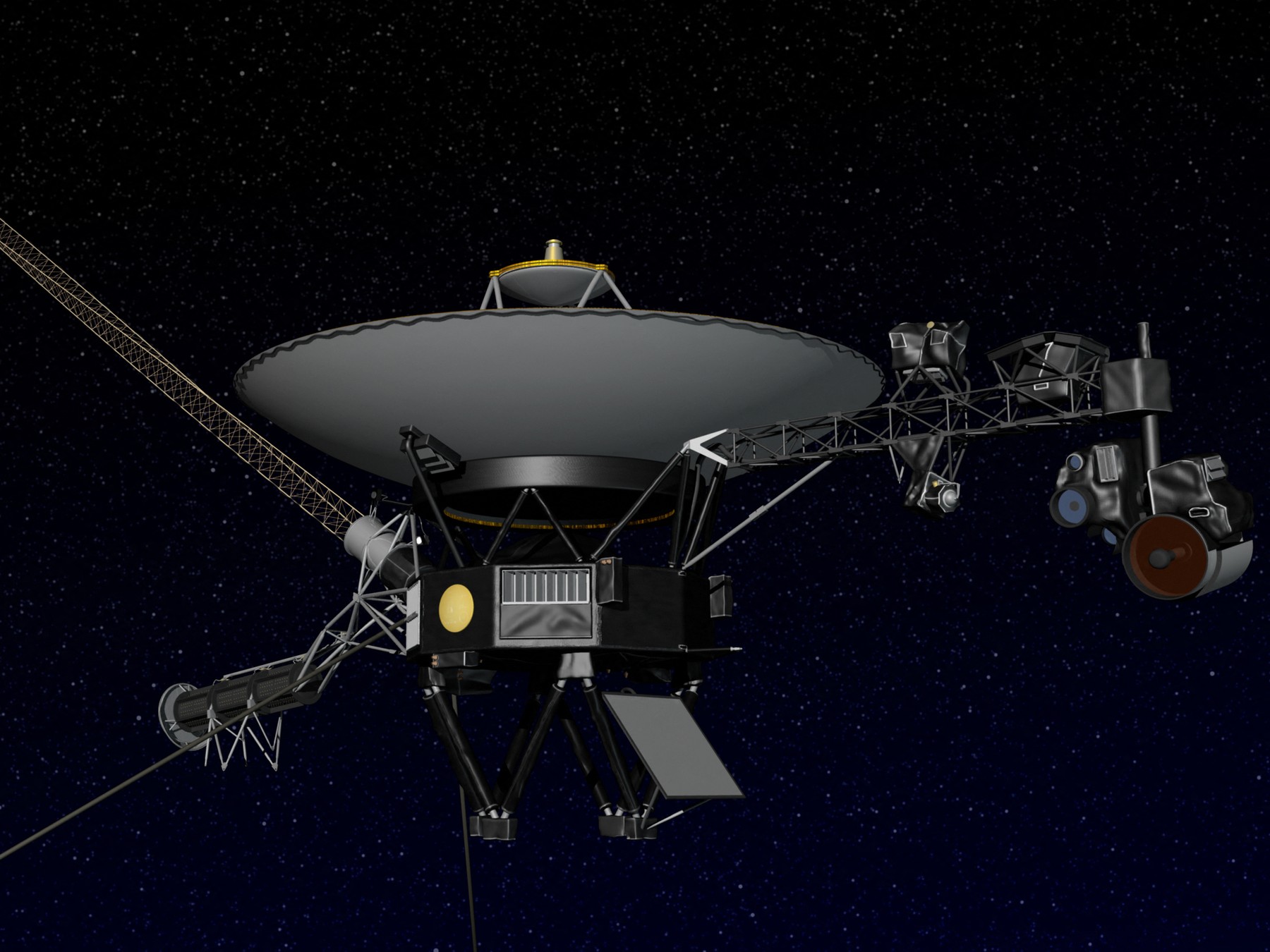According to new findings by researchers from Radboud University and Oxford University, the connections of the human brain have expanded more during evolution than those of, say, chimpanzees. science daily.
the people and chimpanzee Their brains are very similar, and the big difference between the two is that we use language to communicate, and chimpanzees don’t. Researchers have been studying the brain for years to understand what might make this unique ability possible.
We focused on connecting two cortical regions in the temporal lobe, which are equally important to our ability to use language.
Joanna Serbosca, co-author of the study.
To study the differences between human and chimpanzee brains, researchers used brain scans of 50 people and 29 chimpanzees. monkeys It is performed under sedation and as part of a routine veterinary examination. With the help of diffusion-weighted imaging (DWI) technology, they were able to study the white matter and neural pathways connecting brain regions more comprehensively.
Using these images, they revealed the connection of two brain nodes associated with language (the anterior and posterior central regions of the temporal lobe). Both areas are important for learning, using, and understanding language and contain many white matter pathways. Damage to these brain regions is also known to impair language function. Until now, however, it has not been certain whether his relationship patterns are unique to humans.
It turns out that the posterior and middle temporal regions in chimpanzees are mainly connected to the temporal lobe, but in humans there is also a connection to the frontal lobe and parietal lobe.
Our study results suggest that we should look for the evolutionary changes that enabled the brain to understand and use language not just in the arcuate bundle that connects the frontal and temporal lobes.
Says co-author Vitoria Bie.
Because their findings are anatomical, it’s hard to tell anything about brain function based on them, Beye says, but the pattern of connections they discovered is completely unique to humans, so this brain structure may be key to language abilities.
(Cover Image: Mark Kolbe/Getty Images)










































